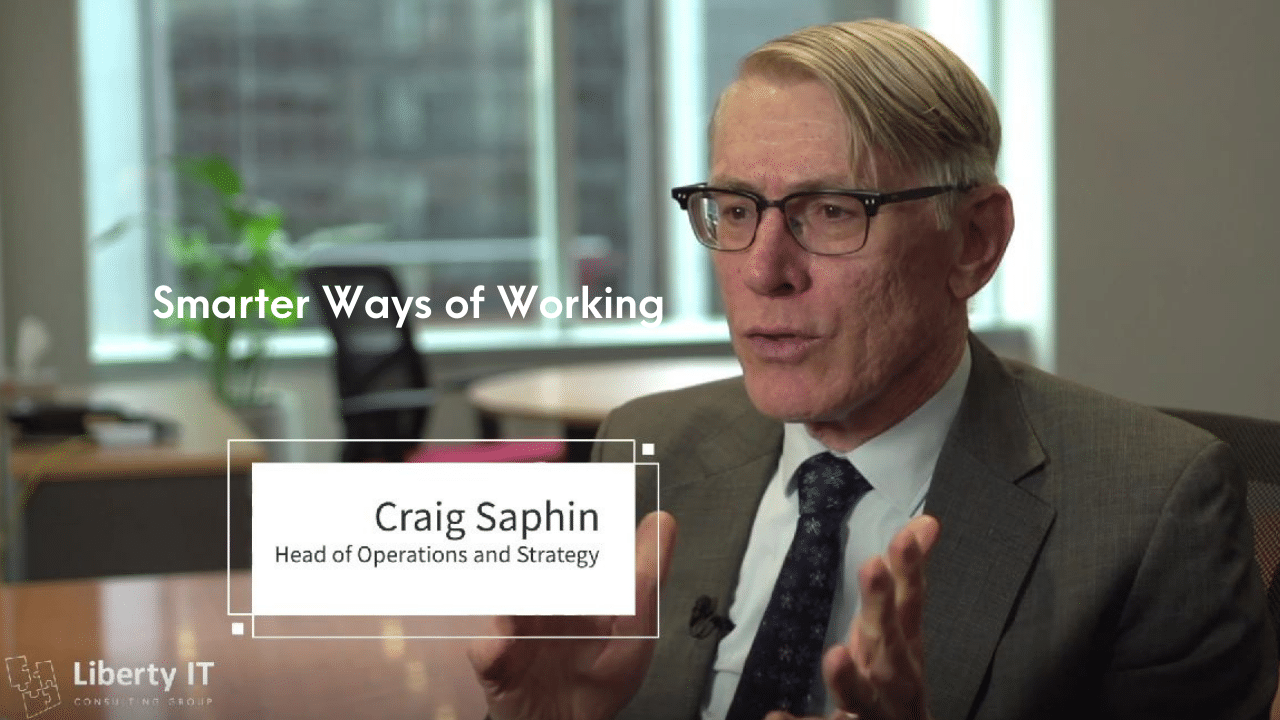The accelerated rate of digital adoption has had significant impacts globally, as consumers, businesses, and governments increasingly adopt new ways of working and living while supported by new tools and technologies. Worldwide, the payments industry is on the threshold of significant change, as technology advancements drive banking and finance forward in leaps and bounds.
One of the most dominant trends influencing payments in recent years has been Australia’s shift towards becoming a cashless society. While cash may never be completely phased out, Australia has seen a change in available payment methods, including reducing cash, cheques, and even plastic cards. Some forecasts predict Australia may be cashless by as soon as 20261, whereas FIS projects
the nation could be 98 per cent cashless by as early as 20242. Liberty IT believes Australia won’t become a primarily cashless society until 2030. Even then, there will likely be an ongoing need for cash in natural disasters where electricity supply is interrupted, or telco towers are offline.
However, moving to a cashless society isn’t as simple as replacing cash with cards or even solely based on online banking. Indeed, there has been a surge in the use of digital wallets, such as Google Pay or Apple Pay, and other digital payment methods alongside the reduction in cash transactions. There’s also been a fluctuation in the use of real-time payments compared to request-to-pay with the likes of Afterpay or buy now pay later (BNPL) schemes.










